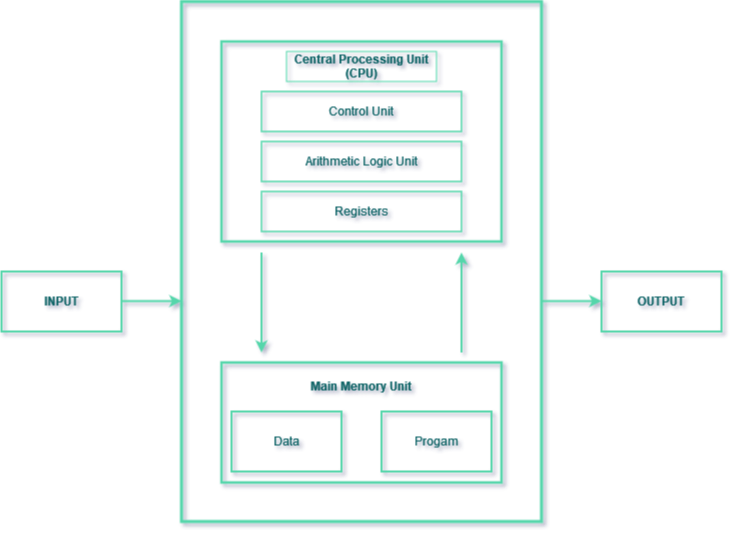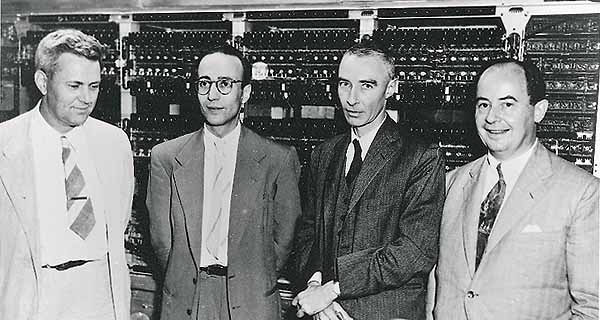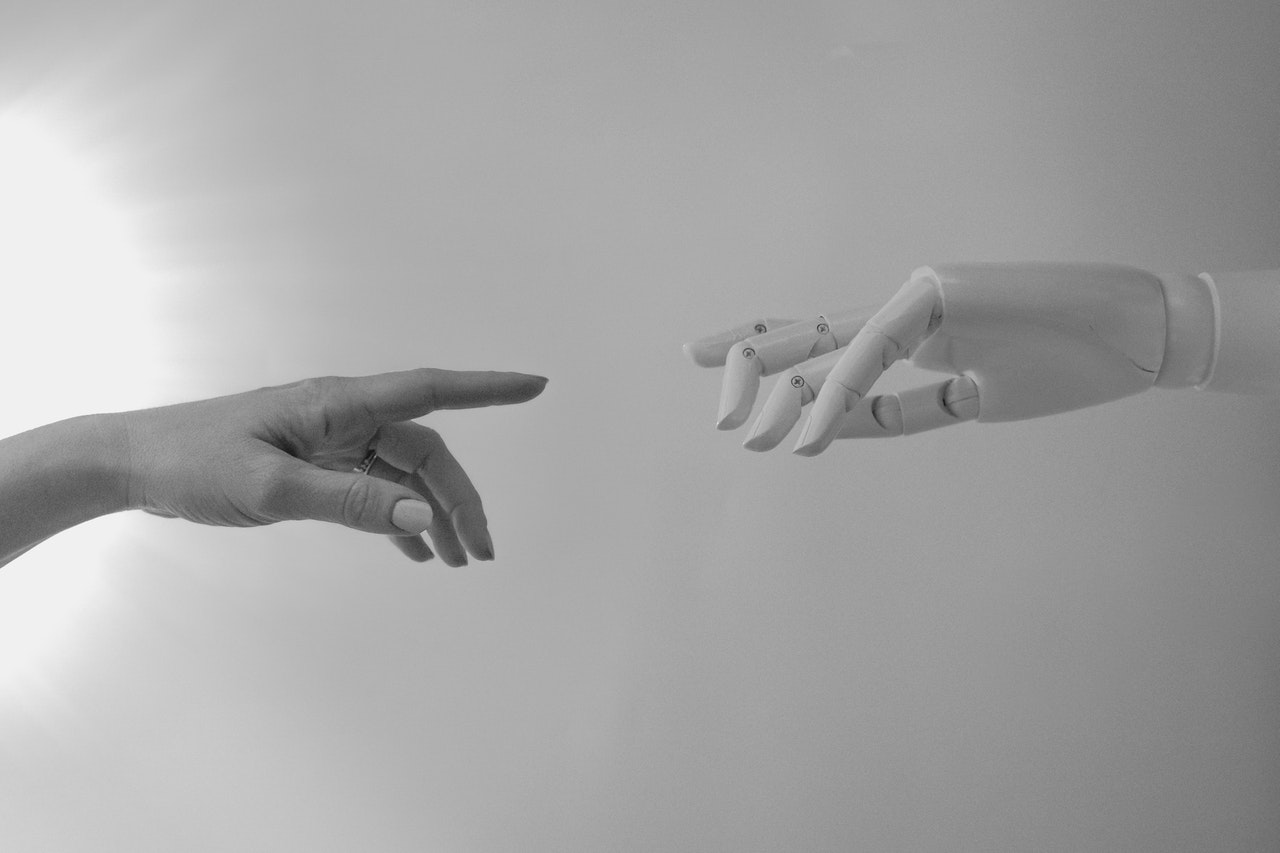Background
John von Neumann (born Neumann Janos, December 28th, 1903, to a wealthy, Hungarian-Jewish family) Was an impossibly talented contributor to Mathematics, Physics and Computer Science relevant throughout the past, present, and future of the fields. Often described as a child prodigy, who by the age of 6 was able to divide two 8-digit numbers in his head (Henderson, Harry 2007) and known to converse in classical Greek (John von Neumann: as seen by his brother Meadowbrook 1987) and compared to legendary minds like Newton, Gauss, and Einstein.
Comparable with computing forebears such as Alan Turing, Neumann was trained as a mathematician, educated to PhD level in Budapest, moving on to Germany and the USA. In 1929, just 25 years-old, he lectured on quantum theory at Princeton University leading to his appointment as visiting professor, shortly followed by becoming one of the first professors at the Institute for Advanced Study (Britannica 2021) . During his time at the IAS preceding WWII, Neumann offered Turing employment as a research assistant in his work on quantum theory, Turing instead returned to Cambridge; Neumann became a highly desired consultant for US army, navy, air force and academia.


